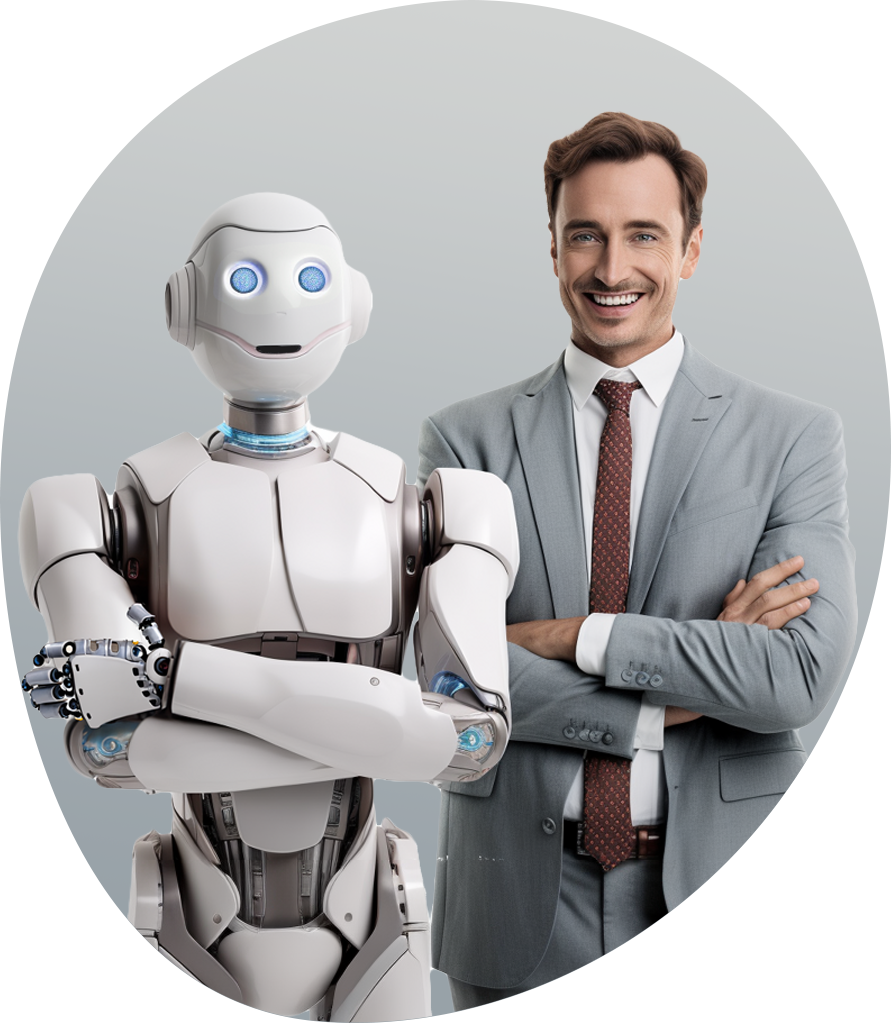News broadcasting is undergoing a significant transformation, with AI technology taking on an increasingly prominent role. In a fascinating report by BBC Future, the rise of AI news anchors and the potential trust issues audiences might face are examined. This article will delve into these insights, discussing why digitally generated TV presenters may experience difficulty in establishing credibility with viewers.
AI news anchors, while a technologically exciting innovation, introduce a new set of challenges regarding audience trust. As explored by BBC Future, these digital entities, although capable of delivering news flawlessly, are devoid of human emotion and personal experiences that often form the bedrock of trust between a viewer and a presenter.
The concept of AI news anchors isn’t new. Xinhua, China’s state-run press agency, introduced the world’s first AI news anchor back in 2018. This digital presenter, named Qiu Hao, was designed to deliver the news tirelessly, 24 hours a day, without any breaks. However, despite its efficiency and consistency, the AI anchor was met with mixed reactions from viewers, with many finding it ‘creepy’ or ’emotionless.’
These reactions are indicative of a broader issue at hand – the ‘uncanny valley.’ This term, coined by robotics professor Masahiro Mori, refers to the discomfort people feel when encountering humanoid robots that closely, but imperfectly, resemble human beings. In the case of AI news anchors, this discomfort can lead to a lack of trust, which is a critical factor in the viewer-presenter relationship.
A 2021 study published in the journal ‘Computers in Human Behaviour’ found that people tend to trust human news anchors more than their AI counterparts. This is primarily due to the perceived lack of empathy and emotion from AI anchors. Human anchors, on the other hand, can leverage their personal experiences and emotions to connect with viewers on a deeper level. This emotional connection is something that current AI technology cannot replicate, leading to a trust paradox.
However, not all responses to AI news anchors are negative. Some viewers appreciate the non-stop availability and the absence of potential human bias in AI anchors. There’s also a growing interest in the novelty and technological advancement that these AI entities represent.
At AI First Agency, we have already seen requests from companies that have expressed a need for digital newscasts through our DigiClone service – a package that uses AI to create a digital avatar that mimics a real person’s look and voice. The DigiClone is then used to automatically create videos from text, quickly and at scale. In this case, a news video based on a text feed from cryptopolitan.com.
The BBC Future report suggests that the future of AI news anchors may lie in a hybrid approach, combining the strengths of both human and AI anchors. This could involve human anchors handling more complex, sensitive news stories that require an emotional touch, while AI anchors take on the more routine, factual reporting.
In conclusion, AI news anchors symbolize a significant step forward in the digital news era. However, their acceptance by audiences is still a work in progress, with trust being the main stumbling block. As AI technology continues to evolve, it will be interesting to see how this trust paradox is addressed.
For more insights into the world of AI and its implications across various industries, keep visiting our website AI First Agency.
Article inspired by and based on BBC Future’s report on AI news anchors and the trust paradox.

